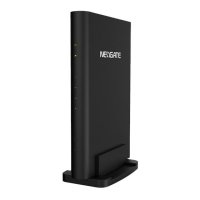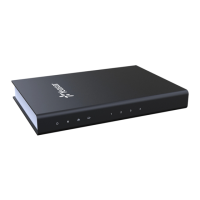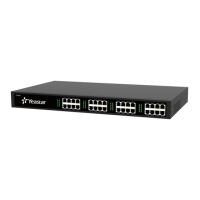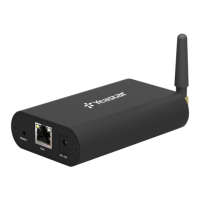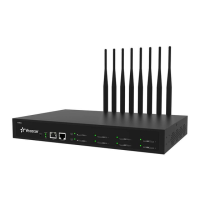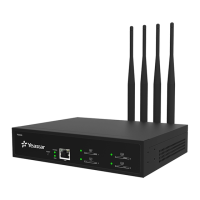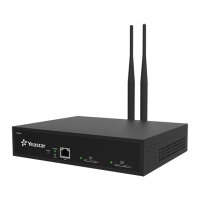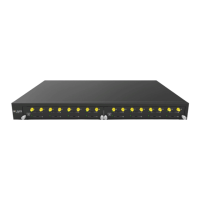Do you have a question about the Yeastar Technology TA400 and is the answer not in the manual?
| Brand | Yeastar Technology |
|---|---|
| Model | TA400 |
| Category | Gateway |
| Language | English |
Defines the intended reader for the user manual.
Outlines critical safety measures for electrical operations.
Summarizes the main functionalities and capabilities of the TA400/800.
Step-by-step guide to access the device's web interface.
Explains the primary sections within the device's web interface.
Instructions for initiating and receiving calls on the device.
How to use the voice menu for device configuration and network settings.
Details on call hold, call waiting, and call transfer functionalities.
Instructions for setting up three-party conference calls and direct IP calls.
Steps to modify the device's IP address using connected analog phones.
Configuration of basic FXS port parameters like caller ID and VoIP server.
Advanced settings for FXS ports including call waiting and Do Not Disturb.
Configuring hunt groups for sequential or simultaneous port ringing.
Setting up VoIP server templates for device registration.
Defining call routing rules from FXS ports to VoIP servers.
Essential configuration parameters for the SIP communication protocol.
Configuration for Network Address Translation and T.38 fax over SIP.
Setting up the IAX (Inter-Asterisk eXchange) protocol.
System-wide settings for music on hold and call logging.
Overview of device feature codes and their configuration.
Setting up speed dial shortcuts for quick dialing.
Procedures for uploading and managing custom audio prompts.
Process for uploading custom music files for call hold.
Options for managing system-generated audio prompts.
Setting up unique ringtones based on incoming caller ID.
Adjusting phone tone settings for specific countries or regions.
Setting up RADIUS servers for authentication and billing.
Configuring the device's Local Area Network connection.
Enabling or disabling network services like SSH, FTP, and HTTP.
Configuring Virtual Local Area Networks for network segmentation.
Establishing a Virtual Private Network connection.
Setting up Dynamic DNS for remote network access.
Defining specific network routes for traffic.
Configuring the device for remote management via TR-069.
Securing access to device services like AMI, SSH, and HTTP.
Setting up alerts for detected security threats.
Configuring network port security settings.
Uploading and managing SSL/TLS certificates.
Defining and managing firewall rules for network security.
Blocking specific IP addresses based on traffic rate or rules.
Changing the system's administrative password for security.
Configuring the device's date, time, and time zone.
Configuring automatic device setup and configuration.
Step-by-step guide for updating the device's firmware.
Procedures for backing up and restoring system configurations.
Instructions for rebooting or performing a factory reset.
Checking the real-time status of connected FXS ports.
Viewing the status of the device's network connections.
Accessing hardware, firmware, and disk usage details.
Examining and filtering call records for analysis.
Downloading, viewing, and managing system event logs.
Utilizing a tool to capture and analyze network packets.
Using a tool to debug FXS ports by monitoring traffic.

